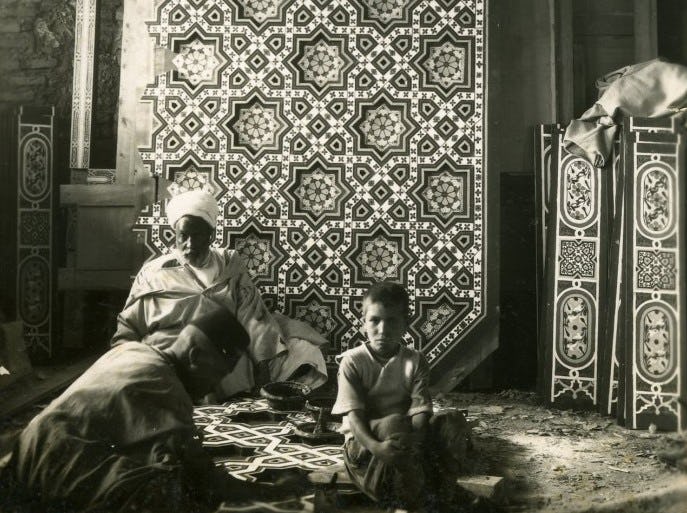Aqua Blown-Glass Ewer with Applied Decoration
Date19th century
PeriodQajar
MediumColored glass
DimensionsOverall: 7 1/8 x 5 in. (18.1 x 12.7cm)
ClassificationsGlass
Object number47.27
DescriptionThis aqua-colored glass ewer, called an āftāba, has a globular body with a deep indent or “kick” on the base, a flared, cylindrical neck and an applied spout and handle. The glass is spotted with small bubbles (tiny pockets of trapped gas), likely caused by irregularities in production.This ewer was created in Iran in the 1800s. During this period, glassware was produced primarily for commercial purposes and trade. Recycled glass, called “cullet,” created from discarded glass vessels and glass lumps, was also traded to be melted down as an inexpensive means of creating new glass.
On View
On viewCollections
19th century
19th century
18th - 19th century
18th - 19th century
7th - 8th century














